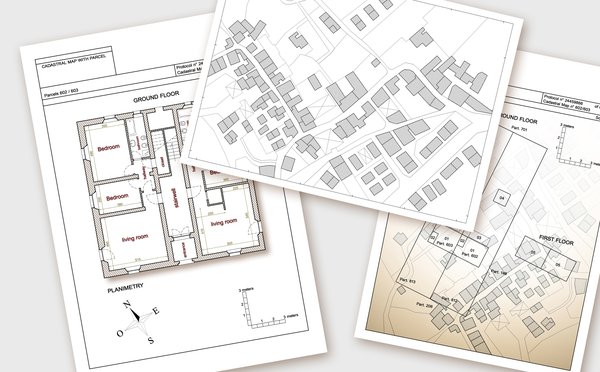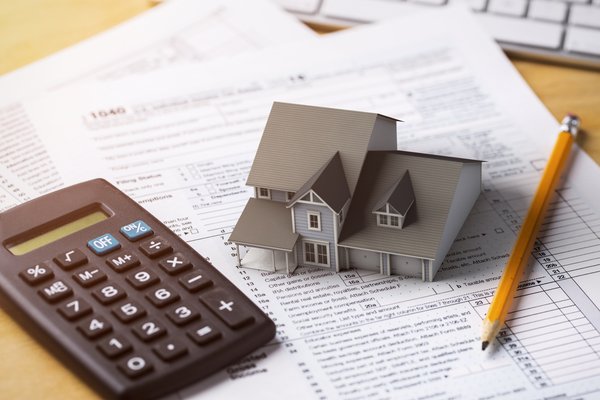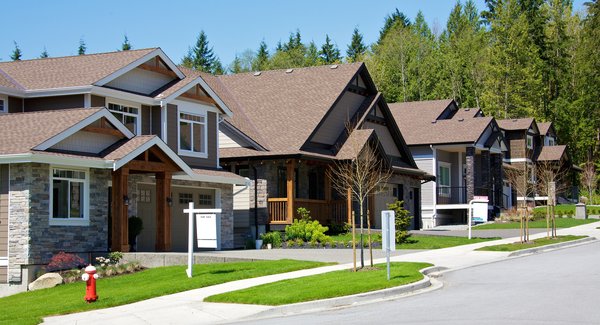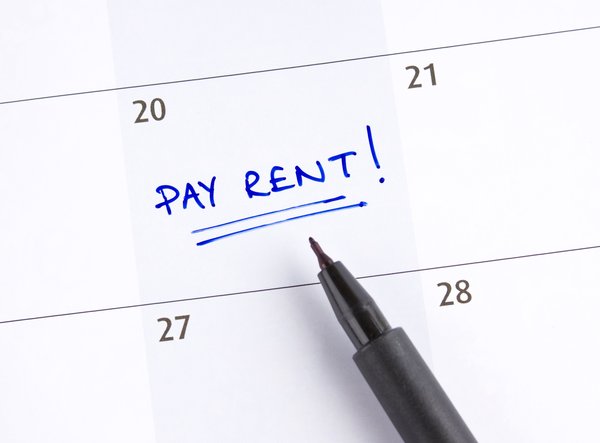Investing in real estate can be confusing, especially if you’re just getting started. One common area of confusion is between different types of units that share walls and are packed inside a singular building. What’s a condo and what’s an apartment?
The main difference between a condo and an apartment is their ownership. Although they seem very similar, condos are titled individually. Apartments are packaged together under a single deed. Fortunately, it’s very easy to determine the difference by examining title work and public records.
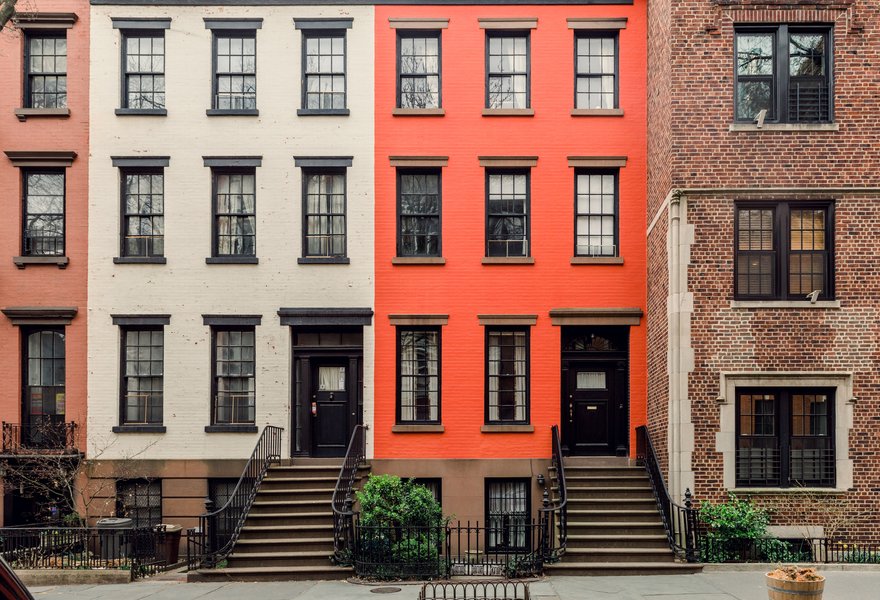
What is an apartment?
An apartment is a dwelling unit attached to other dwelling units, contained within the same building footprint. Usually, anything smaller than five units together is named by the number of units; two units in one building is generally referred to as a duplex, four units is generally referred to as a quadplex. But technically, these are also apartment units.
Apartments are exclusively rented to the occupants, with no option for ownership. In fact, there’s no way to own a single apartment individually, because it’s considered a component of a larger property with a single deed. So, for example, five apartment units in one building would be purchased with one deed that can’t be divided.
What is a condo?
A condo can be a lot of things, depending on how the community wants to structure itself. Unlike an apartment, each condo unit has an individual title, whether or not it’s in contact with the ground. Upper level condos are divided into something called “air lots,” allowing them to be titled individually.
As a condo owner, you’re also a member of a condo association, which takes care of maintenance issues on the grounds or repairs involving the shared portion of buildings, like exterior walls, roofs, and any lounge areas.
Differences between a condo and apartment
It’s easy to find condo communities that look identical to apartment communities, but those similarities are only skin deep. From who owns what to how decisions about the shared property are made, there are a lot of differences between condos and apartments.
Amenities
Condo amenities and apartment amenities can be very similar, especially when more modern apartment units are considered. From pools to club houses and gyms, both types of communities have lots to offer residents. Apartments can sometimes offer a few amenities that condos don’t, like free wifi or on-site laundromats. Condos may sometimes offer garages for each unit, which many apartments won’t do.
Amenities can range wildly between communities, but it’s important to remember that apartment amenities are paid for by the apartment owner, so they’re used as a way to entice people to rent and stay put. Condo amenities, on the other hand, are paid for by the condo’s association, and are there for the longer-term enjoyment of the owners.
If a condo resident wants new amenities to appear in a community, it’s possible to make the change happen with enough support from other owners. Apartment dwellers largely have the amenities they have, and they have little control over changes or additions.
Maintenance
The maintenance of apartments and condos is very different. Because apartments are wholly owned by a single entity, the owner is responsible for most of the maintenance, including items that are located inside individual units, like dishwashers or furnaces. Apartment dwellers are still generally responsible for cleaning their units and changing light bulbs, but the bulk of maintenance tasks both inside and outside the unit falls to the property owner and any property manager hired for the job.
Condos, on the other hand, are wholly maintained by the owners of the units. Some items are maintained by an individual, such as by an owner who needs to repair their dishwasher. Other items are maintained by the condo association, which is collectively controlled by the owners of the condo units. Roof repairs, for example, or regular maintenance of an on-site pool would fall to the association, as would groundskeeping or the care of an elevator.
For both apartments and condos, an individual owner or tenant’s responsibilities should be outlined in the paperwork that’s provided prior to a lease or sale. For apartment tenants, the maintenance they’re responsible for will be included in their lease agreement; for condo owners, it’s often found in the condo association agreements.
Dues and Rules
Apartment dwellers often have many rules that they must agree to before a unit will be leased to them. The rules are determined by the owner of the apartment community without input from the residents of the units. If residents have an issue they’d like to address with the owner, they have to take it up individually, and their chances of being heard are limited.
On the other hand, condo association rules are determined by the condo association, which is controlled by the owners of the condominiums in the community. If there’s a rule that no longer works for residents, or a new rule that needs to be enacted, such issues can be addressed at regular meetings of the association. The rules can be amended, usually with the agreement of the majority of condo owners.
Condos, unlike apartments, also come with dues, which are sometimes quite steep. Condo associations use the dues to pay for amenities, maintenance, insurance, taxes, and so forth. Dues will change every year, since the costs of such items change regularly.
If there’s an emergency repair that has to be made, special dues may have to be assessed to take care of it, depending on the structure of the association’s finances. Some have emergency funds built into their dues, preventing the need for special dues assessments except in very extreme situations. It’s very important to examine the structure of your dues before purchasing a condo.








